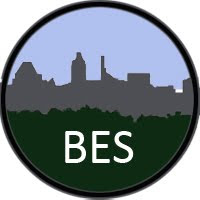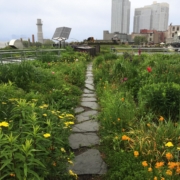Green Infrastructure & Equity – Discover Two New Tools + Virtual Events
Given pending large-scale investments in infrastructure systems around the country, how can we ensure that green infrastructure projects benefit all urban residents? This question guided two new projects: a nationwide analysis of green infrastructure plans and the development of a green infrastructure governance toolkit. Both seek to improve the equity of green infrastructure in planning, policy, and practice:
GIequity.org, which features the results of a 20-city analysis, and Governing Green, an experiential toolkit that lets users evaluate the equity implications of their own GI planning choices.(Baltimore was one of the cities in the 20-city analysis.)
Cary Institute of Ecosystem Studies is offering two virtual events to introduce these new resources: a webinar on Jan. 27 ‘Building Equity into US Urban Green Infrastructure Planning’ (led by Drs. Timon McPhearson and Zbigniew Grabowski) and an interactive virtual workshop on Feb. 1 titled ‘Governing Green: A Toolkit for Equitable Green Infrastructure‘ (led by Dr. Amanda Phillips De Lucas). Both events are free and open to all. Registration is required.
For more information: access the press release.





